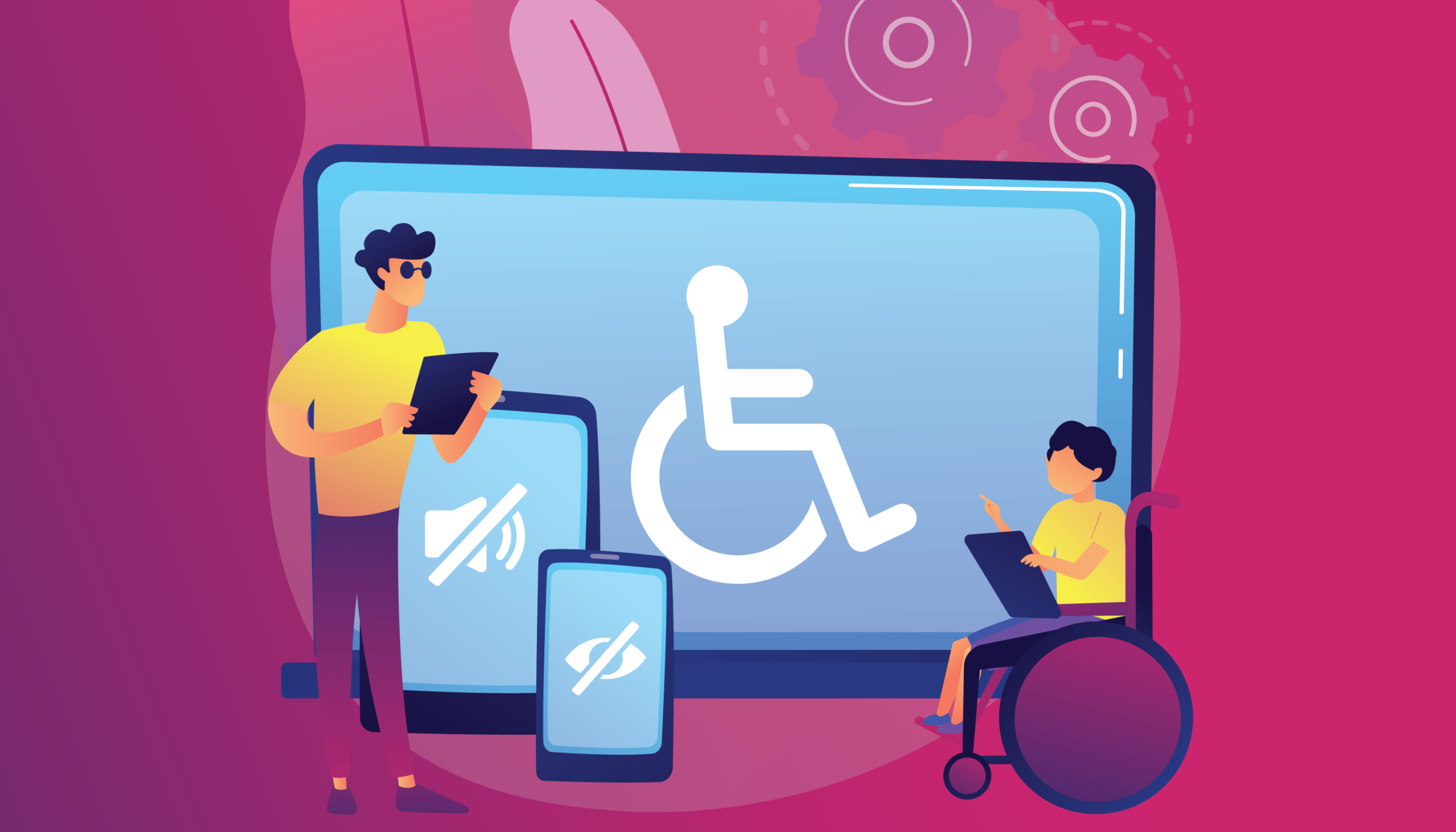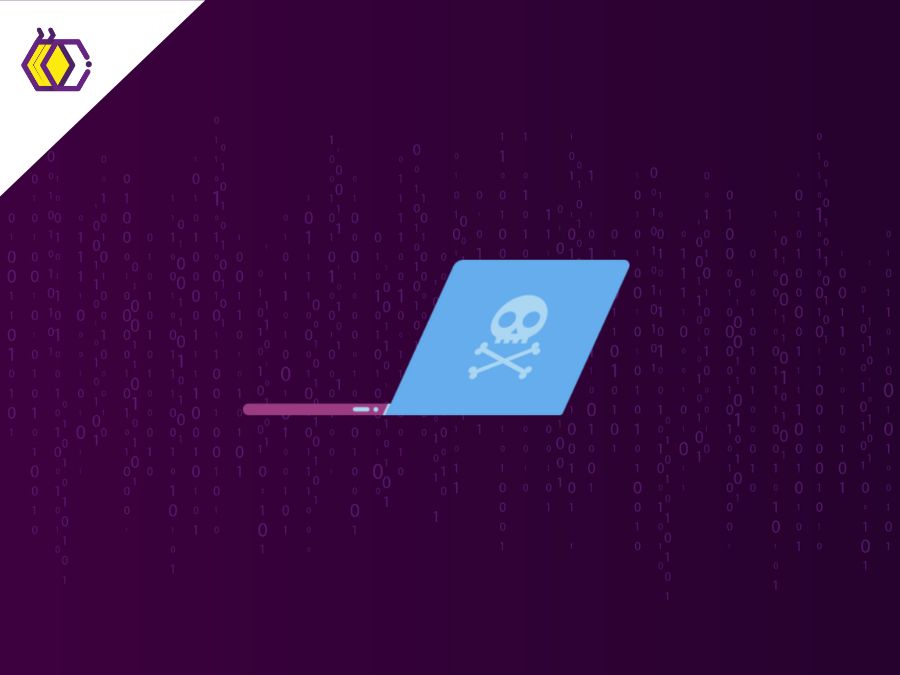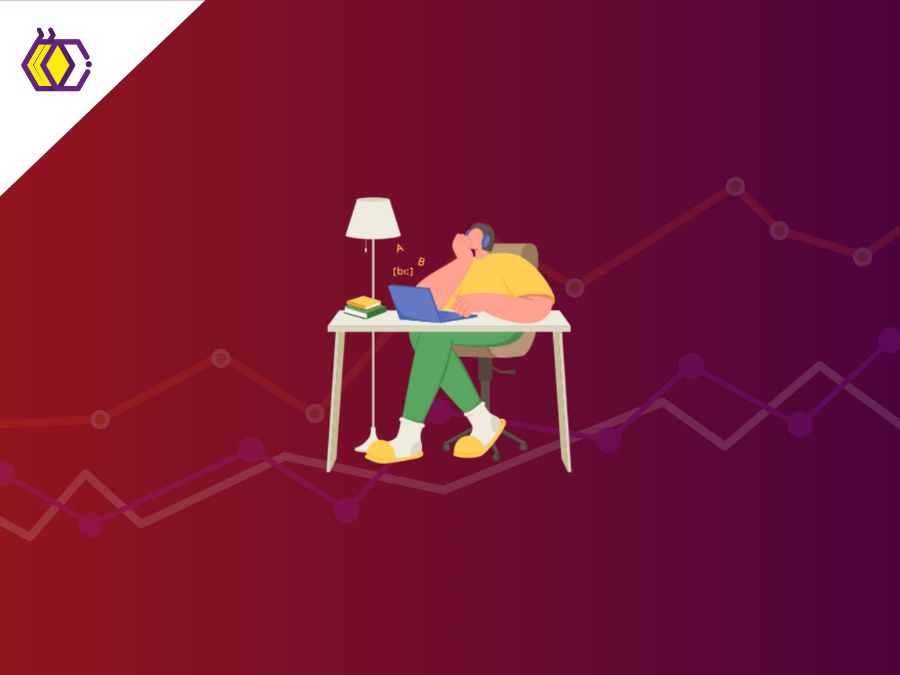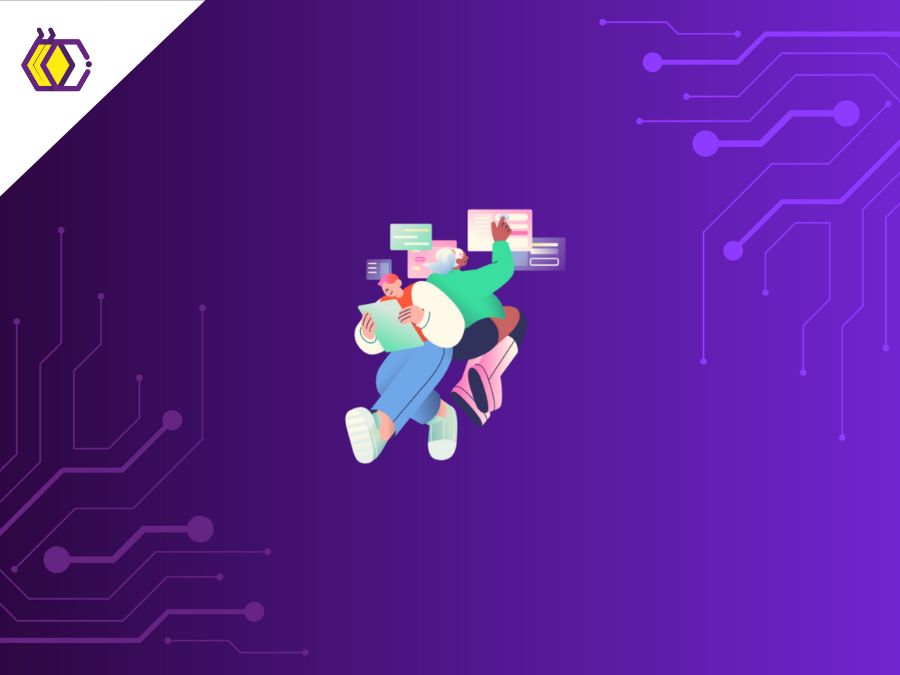
Digital Accessibility
(7 minutes of reading time) Have you ever thought about the need for accessibility in digital products? With the world increasingly digital, it is important that brands include solutions so that people with disabilities can have access to digital content. Just as physical environments like stores, buildings, and streets, for example, need to be accessible, a website also needs to be. That's because, according to The World Bank website, one billion people, about 15% of the world's population, suffer from some type of disability. But do you know what accessibility is in digital products? That's what we'll talk about in this article. Check it out and learn more about its importance. WHAT IS DIGITAL ACCESSIBILITY Digital accessibility has been a hot topic in recent years. It's not just about making websites accessible to people with disabilities, it's also about making websites usable by everyone. It is the process of ensuring that all people can access digital services and content using assistive technologies, such as screen readers for the visually impaired, for example. The use of assistive tools eliminates the barriers that make it impossible for everyone to have access to websites and information available on the internet. In other words, it makes a web accessible to everyone! WHY IS ACCESSIBILITY IN DIGITAL PRODUCTS IMPORTANT? The answer to that question is simple. Have you ever been in situations where you needed the help of others to perform basic tasks? Relying on other people is boring, right? And that's why accessibility matters! The booklet Accessibility on the Web, produced by W3C Brazil, defines web accessibility as “the possibility and condition of reach, perception, understanding and interaction for the use, participation and contribution, in equal opportunities, with security and autonomy, on sites and services available on the web, by any individual, regardless of their motor, visual, auditory, intellectual, cultural or social capacity, at any time, in any location and in any physical or computational environment and from any device of access". In other words, the lack of accessibility generates the loss of autonomy in the execution of essential daily tasks. And anyone who thinks that only PWDs benefit from this inclusion is wrong! Elderly, functionally illiterate, people with vision problems, as well as people with invisible diseases such as multiple sclerosis, lupus, arthritis, depression, among others that cause physical and mental injuries that imply users who need accessibility, even if temporarily, are included in the list of beneficiaries. WHY SHOULD I CARE ABOUT BUILDING AN INCLUSIVE EXPERIENCE? As seen earlier, accessibility is important to ensure that all people have the same opportunities and can participate in society. It also allows people to access digital content, which is a very important aspect of an inclusive experience. Therefore, investing in digital accessibility is helping to democratize access to the web. With an accessible website you can, for example, allow a blind person to make a purchase without asking for help. Otherwise, it is preventing millions of potential consumers, professionals, and partners from having access to your content. HOW TO CREATE ACCESSIBLE WEB CONTENT? Accessible web content is created to help people with disabilities navigate the web and interact easily. This includes text-based content, audio, video, and interactive software, which can help people use the web seamlessly. Below, we list some accessible content and design best practices that can be adopted on the web. Check out! DESCRIPTIVE LANGUAGE When writing, it's important to use descriptive language that helps your readers understand what you're talking about without having to guess at the meaning. For example, instead of saying "the sky was blue", you could say "the sky was a clear, crisp blue". This allows people with visual impairments or some other disability that prevents them from seeing colors to enjoy their work as well. USE OF ALTERNATIVE TEXT Assisted alt text is a style of text designed to help people with disabilities. This helps them to browse the web and interact with it with ease. The tool helps people who are visually impaired, dyslexic or with other disabilities to use the web. The technology works by replacing images with descriptive words and phrases that depict what is happening in each image. SUBTITLES IN THE VIDEOS If you are not used to subtitling your videos, this can create barriers for people who are hard of hearing or deaf. In addition, you lose sight of those who are in the habit of watching videos on social networks with the audio turned off. Therefore, it is essential to add closed captioning. The feature allows the transcription of the speeches along with the description of important elements in the narrative, from applause, sighs, screams and even silence. ASSISTIVE TEXTS The organization and flow of information can be a problem for people with visual impairments. To make information accessible to this audience, prioritize: BASIC FONTS Serif, cursive, and fancy fonts may not be a good choice. This is because they are difficult for people with vision problems and situational visual impairment to read. WRITE ASSISTIVELY To make a text accessible, it is necessary to think about its semantic structure and its grammatical construction. Long sentences and paragraphs, in addition to the use of passive voice and figures of speech, can make content difficult for many users to understand. LEFT ALIGNMENT Left-justified text is a useful writing strategy when you're designing something that will be seen by as many people as possible. It can help make content easier to read, regardless of your computer or screen size. ALWAYS CHOOSE CONTRAST AND VISIBILITY The Web Content Accessibility Guidelines (WCAG) recommend that the contrast ratio be at least 4.5:1 for normal text. The choice of colors is important because not everyone can distinguish all colors, as in the case of people who suffer from color blindness. Do you like our content? So, follow us on social media to stay on top of innovation and read our blog. Reference: https://bit.ly/3aSyRgu https://bit.ly/3aX6SfL
Share this article on your social networks:
Rate this article:
Other articles you might be interested in reading
- All (185)
- Career (38)
- Competitions (6)
- Design (7)
- Development (112)
- Diversity and Inclusion (3)
- Events (3)
- History (15)
- Industries (6)
- Innovation (38)
- Leadership (8)
- Projects (23)
- Well being (18)

Cloud Computing and Digital Transformation and Social Impact
(5 minutes of reading)
In recent years, we have witnessed a quiet revolution that is fundamentally reshaping the way we live and work. At the center of this transformation is cloud computing, a technological innovation that transcends physical limits and opens up new horizons of possibilities. This text will talk about this subject that is transforming the IT area. Come read!...

Tech in Education
(9 minutes of reading)
In the contemporary educational landscape, technology plays an increasingly crucial role, revolutionizing not only the way students learn, but also how educators teach. As we adapt to a digitally connected world, new trends are emerging that promise to further transform the way education is designed and delivered. Come read this text to learn about the latest trends in educational technology and explore their impact on student development and the evolution of teaching. Come with us!...

Ethical Software Development
(5 minutes of reading)
Developing software is a complex activity that goes far beyond simple coding. It involves a meticulous process of planning, design, implementation, testing and maintenance to create reliable, efficient, and secure systems. However, in addition to seeking functionality and performance, developers must also carefully consider the ethical aspects of the software they are creating. In this text we will talk about ethics and responsibility when developing software. Come read!...

Balance Between Professional and Personal Growth
(6 minutes of reading)
In a world driven by the constant search for professional success, we often find ourselves immersed in our careers, forgetting the fundamental balance between professional and personal growth. As we dedicate hours to coding, solving problems, and advancing our technical skills, it's essential to remember that our journey as human beings go beyond the lines of code. Come read our text and see super cool tips on how to achieve this balance!...

How to Highlight Programming Competition Awards on your CV
(6 minutes of reading)
In a field as dynamic as software development, it is crucial to stand out from the crowd. An exceptional way to do this is through recognition and awards won in competitive programming competitions. In addition to demonstrating your superior technical skills, these awards attest to your ability to solve complex problems, collaborate as a team, and deliver exceptional results under pressure. Today we will talk about the curriculum and competitions, are you interested? Come with us!...

Open Source and Collaboration
(5 minutes of reading)
If you're ready to start exploring the world of open source, be aware that you will encounter many learning opportunities and challenges. Collaboration is at the heart of this environment, driving innovation and influencing the direction of technology. Come read our text to find out more about this subject!...

 Innovation
Innovation 

